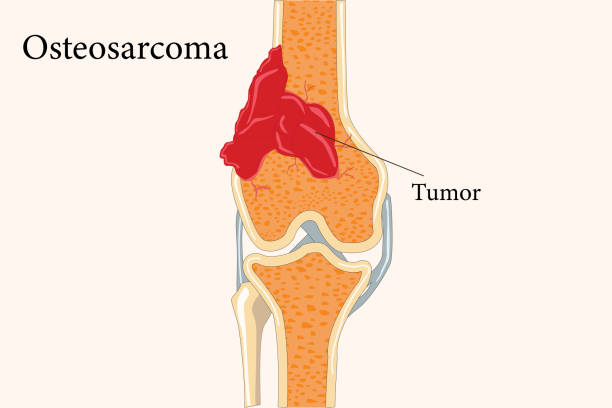Study Points to Penile Microbiome as a Risk Factor for HIV in Men
A ten-fold increase in some types of bacteria living under the foreskin can increase a man’s risk of HIV infection by up to 63 percent, according to a new study out by researchers at Milken Institute School of Public Health (Milken Institute SPH) at the George Washington University (GW). This study, which was published in the journal mBio, shows for the first time that penile bacteria may be a previously unrecognized risk factor for HIV infection in men. In addition, the researchers suggest that this risk factor may be sexually transmissible.
 Earlier studies have linked the human microbiome — that is, the collection of microbes living in and on the human body — to a variety of health conditions, but little is known about the role of the penile microbiome as it relates to men’s health. By examining the collection of bacteria living under the foreskin of men who either went on to become infected by HIV or remained HIV-negative, the researchers showed a connection between the amount of anaerobes — bacteria that thrive in low-oxygen environments — and an increased risk of becoming infected by HIV.
Earlier studies have linked the human microbiome — that is, the collection of microbes living in and on the human body — to a variety of health conditions, but little is known about the role of the penile microbiome as it relates to men’s health. By examining the collection of bacteria living under the foreskin of men who either went on to become infected by HIV or remained HIV-negative, the researchers showed a connection between the amount of anaerobes — bacteria that thrive in low-oxygen environments — and an increased risk of becoming infected by HIV.
“This study is the first to suggest that the bacteria colonizing the penis can be an independent risk factor for HIV in men,” says Cindy Liu, MD, MPH, PhD, first-author of the paper and an Assistant Research Professor of Environmental and Occupational Health at Milken Institute SPH. “Having more oxygen-intolerant bacteria was associated with increased HIV risk.” Liu also serves as the chief medical officer of the Antibiotic Resistance Action Center at Milken Institute SPH.
The researchers conducted this study using penile swabs collected from uncircumcised heterosexual men in Rakai, Uganda during a large, two-year clinical study. During the study, 46 men became infected with HIV (cases). To better understand how the penile microbiome differed between men who did and did not become HIV-infected during the trial, 136 men who remained HIV-uninfected during the two-year trial (controls) were also studied. Using molecular methods, researchers measured the abundance of penile bacteria living under the foreskin. They found that a ten-fold increase in four anaerobic bacteria — Prevotella, Dialister, Finegoldia and Peptoniphilus — correlated to a 54 to 63 percent increase in HIV risk.
One potential way that the penile microbiome can increase HIV risk is by triggering production of immune factors that lure HIV target cells to the penis. The researchers found that having higher amounts of penile anaerobes was associated with higher production of biochemicals, called cytokines, capable of recruiting immune cells. “Immune cells are HIV’s gateway to the human body. Our study suggests that some bacteria are triggering biochemical alarms that draw immune cells to the penis where they are more easily infected by HIV. With other pathogens this would be a good thing, because the immune cells could help fight infection, but in the case of HIV, it does just the opposite.” says Lance Price, PhD, co-senior author and Professor of Environmental and Occupational Health at Milken Institute SPH.
The researchers hope that this study, and others like it, may lead to novel ways to protect both men and women from HIV infection. For example, it may be possible to selectively reduce the amount of anaerobic bacteria on the genitalia and thereby decrease immune cell recruitment and HIV infection. “All the work that we do is aimed at finding effective strategies to reduce HIV transmission. This work helps us understand how medical male circumcision reduces HIV-infection in men and points towards novel interventions to decrease HIV risk in the future,” says Rupert Kaul, an infectious disease physician and the study’s senior immunologist and a Professor at the University of Toronto.
Source: George Washington University
The study, “Penile anaerobic dysbiosis as a risk factor for HIV infection,” was published July 25, 2017 in the scientific journal mBio.




